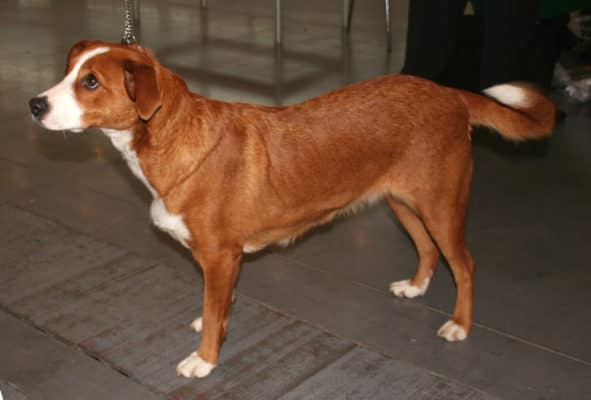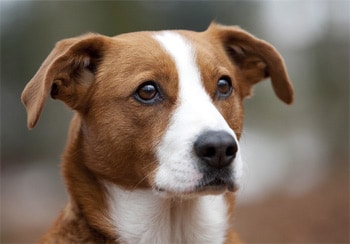Austrian Pinscher

Despite its farming background, the Austrian Pinscher is very suitable for family life. She is a great companion for children of all ages. They have a strong bond with their family. Regularly show them great loyalty and their affection. Good for life with children due to their playful and gentle nature.
Table of Contents
Breed Information
| Another Name | Austrian Shorthaired Pinscher |
| Origin | Austria |
| Height | Males 44-50 cm Females 42-48 cm |
| Weight | Males 12-18 kg Females 12-18 kg |
| Fur | Long double, with a soft, fluffy, and dense undercoat |
| Color | Slate gray, reddish deer, black, blue, all shades of gray, brown and sandy, with or without white markings |
| Lifespan | 12-14 years |
| FCI Classification | Pinscher and Schnauzer – Molossoid and Swiss Mountain and Cattledogs |
| Group | Dogs for children, dogs for protection |
| Price | From $300-600 |
Breed Photos
Origin History
The Austrian Pinscher was initially kept as an agricultural dog, controlling vermin and patrolling the land. Versatile dogs worked with livestock, gathering them and guarding them against predators.
It is believed that the Austrian Pinscher was bred from the German Pinscher and local Austrian breeds. Dogs of the Pinscher type have been around for centuries but were only officially recognized in 1928.
The breed is multi-purpose, in the past helping farmers till the land. The appearance of the species was never a priority, and in the past, these dogs varied greatly in appearance. Farmers needed a loyal dog that would willingly protect their land and livestock. Also, they raised them to be friendly with people and tolerant of other animals.
As with many other European dogs, the World Wars were difficult times for the Austrian Pinscher. Eventually the breed survived, thanks to their versatility and the fact that they lived in more rural areas. The dogs that stayed on the farm were not the same purebred animals. The few remaining “purebred” Austrian Pinschers were crossed with these farm dogs to ensure the breed’s survival.
Despite all efforts, the Austrian Pinscher remains a rare breed that is not often discussed outside of Austria today.
Appearance
A stocky dog of relatively short stature. The Austrian Pinscher’s head is “pear-shaped” with a broad skull that is slightly longer than the muzzle. Regardless of the coat’s color, the eyes are dark, and the nose should be black. Their small ears are planted high on the head. They have a rectangular body, which should be crisp and muscular. The legs are strong, and the tail is not very long.
The Austrian Pinscher’s thick double coat should be short to medium length and can be golden, yellow, red, or black. Most dogs have white markings that can appear in various places, including the face, legs, and the tip of the tail. Males range in height from 44-50 cm, and females range from 42-48 cm. Their weight ranges from 12 to 18 kg.
Character
Despite its farming background, the Austrian Pinscher is very suitable for family life. She is a great companion for children of all ages. They have a strong bond with their family. Regularly show them great loyalty and their affection. Good for life with children due to their playful and gentle nature.
An excellent watchdog, the ever-wary Austrian Pinscher never misses a second and is always “on duty”. You can be sure that the house is still protected if there is an Austrian Pinscher around. He is likely to bark to scare away intruders, not to harm them. The Pinscher is suspicious of any new people outside his inner circle.
Canine aggression can be a problem for some people, so Pinschers require early socialization with other dogs to ensure their acceptance.
Care
The hair of this dog does not require any special care. It is enough to comb the dog once a week with a special brush.
Training
The Austrian Pinscher is an excellent guard dog, ready to raise the alarm at the slightest suspicion. At the same time, it can fearlessly attack a criminal and remain vigilant all night long. However, when hunting, dogs of this breed show a terrier’s habits: digging burrows, chasing foxes and hares. Thus, this agile and active animal requires large spaces. The Austrian Pinscher is more suited to life in the countryside.
Pinschers can handle most tasks assigned to them and do so with ease. Despite their undeniable abilities, trainers may encounter some problems. You have to be consistent and authoritative during training, not allowing the Austrian Pinscher to dominate. Therefore, training must be intense and exciting.
Common Diseases
There is not much information about the health of the Pinscher. They tend to live into their teens and do not suffer from serious problems. Here are a couple of diseases they may suffer from:
- hip dysplasia;
- heart disease.
Nutrition
The Austrian Pinscher – very much likes to eat well, so do not let him beg for “over-the-top” treats. Otherwise, you will have to put the dog on a diet to get back in shape. The diet of the Pinscher should be balanced and varied. You can feed him meat, by-products, add cereals and vegetables. It is better to grind pasta and grains not burden the dog’s stomach too much. Vitamin complexes should also be added to the diet.
 Smaland Hound
Smaland Hound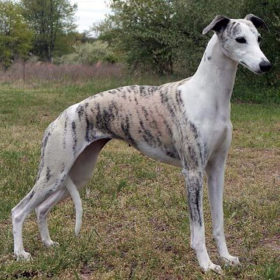 Whippet
Whippet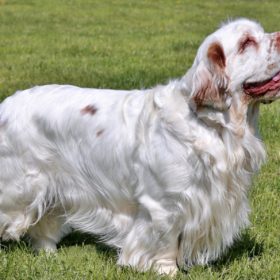 Clumber Spaniel
Clumber Spaniel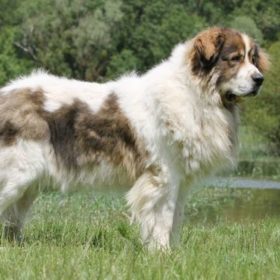 Pyrenean Mastiff
Pyrenean Mastiff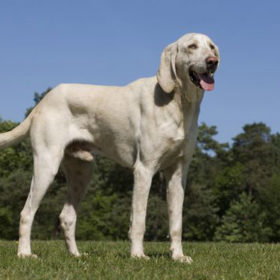 Billy
Billy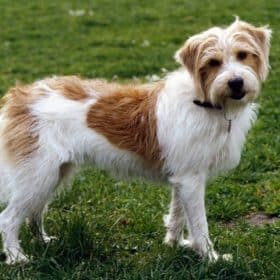 Kromfohrländer
Kromfohrländer